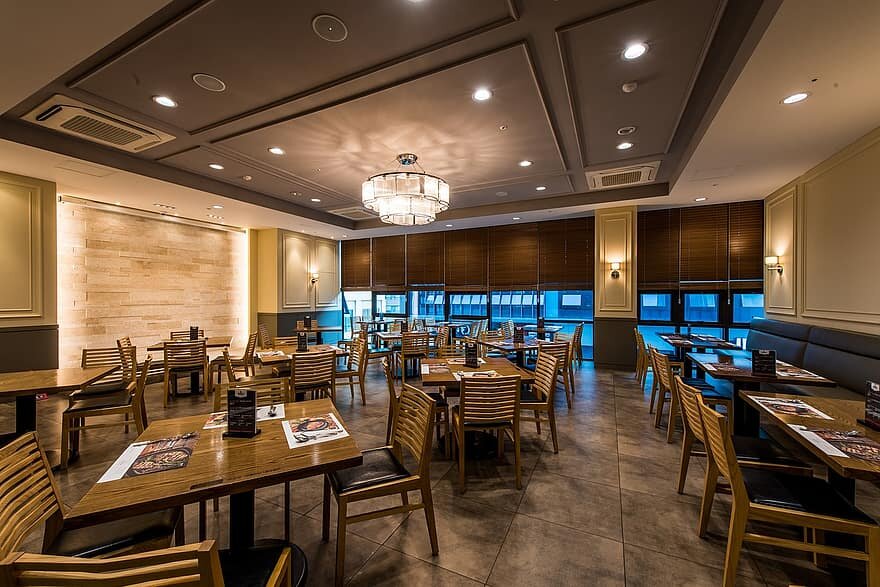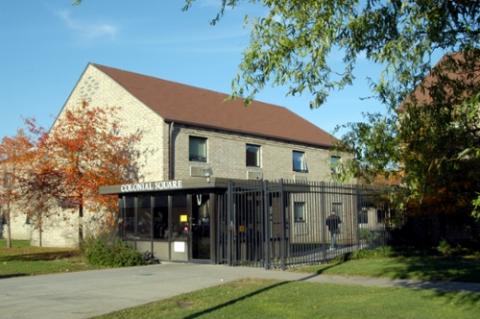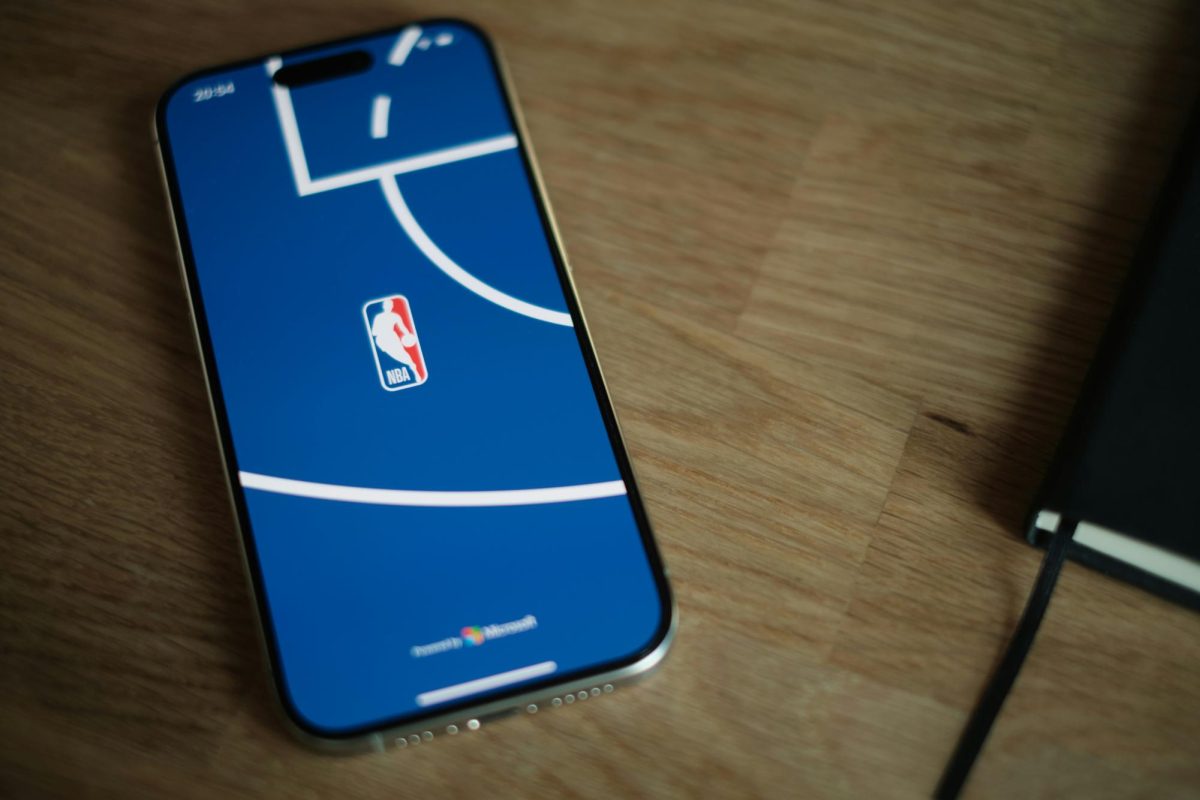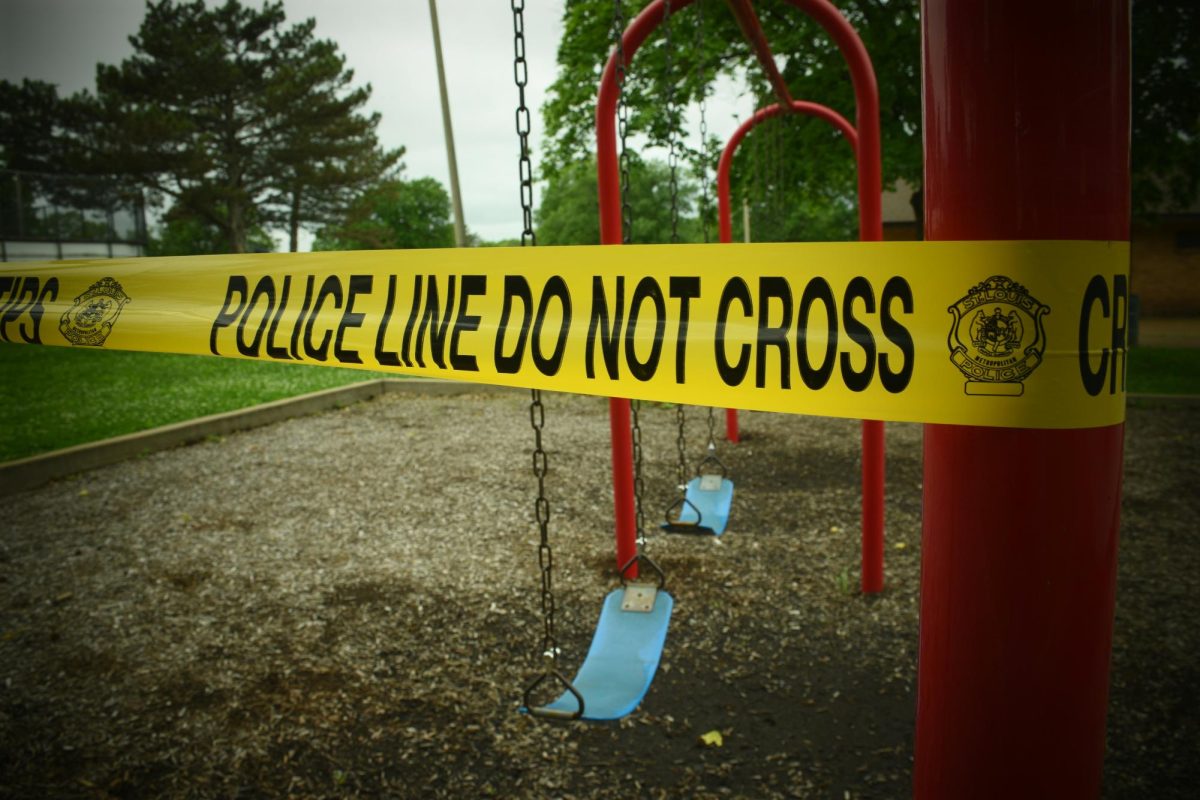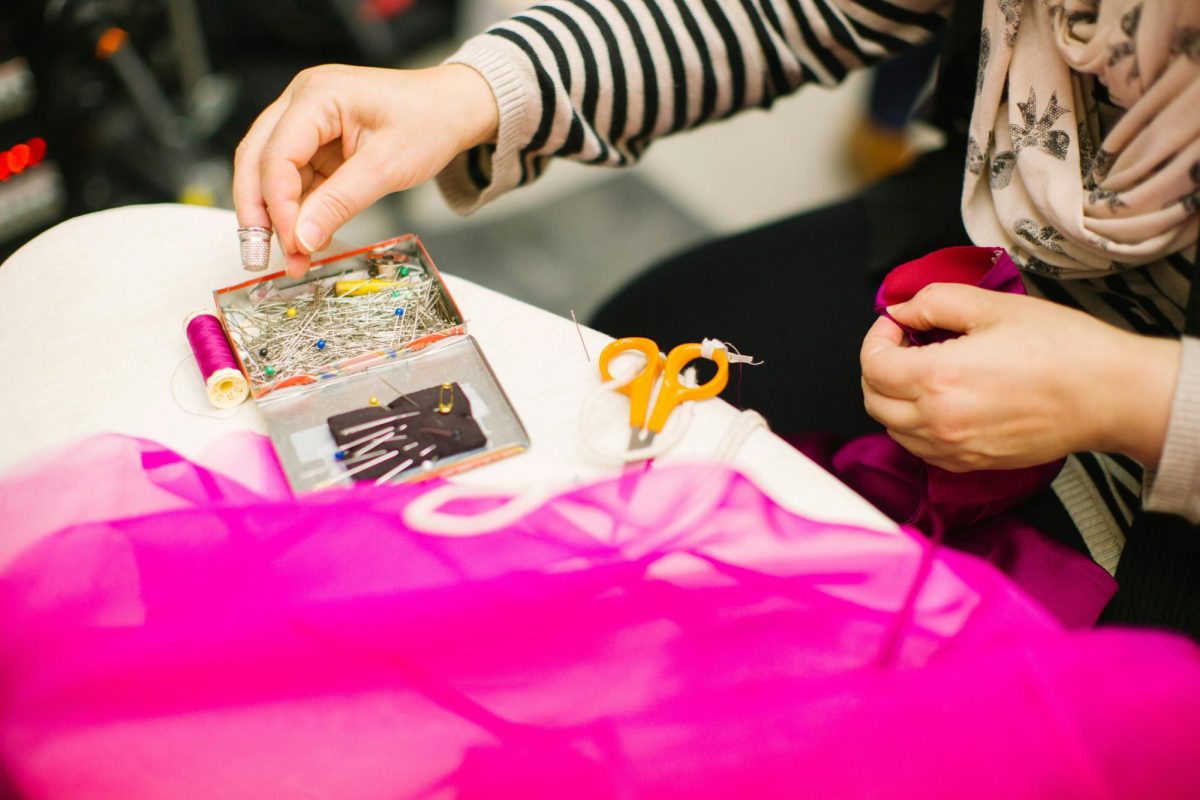Although states across the country lifted stay-at-home orders and loosened restrictions on large-group activities ahead of summer, COVID-19 cases have only continued to rise. According to the Centers for Disease Control and Prevention (CDC), after a national average of 15,000 – 20,000 new cases reported each day at the end of May, daily reported cases spiked to 60,000 – 70,000 in July. California, Florida and Texas have overtaken early COVID-19 hotspot New York City, with reported case numbers in each of these three states reaching over 500,000.
Despite pleas by public health officials to continue to wear face masks and maintain physical distance around others, many Americans have disregarded such advice in favor of partaking in normal summer activities, such as going to beaches and pools. And, after months of only take-out and delivery options available at restaurants, people have been eager to get back to sit-down dining. Many businesses have encouraged this by setting up outdoor dining areas, seating guests six feet apart and requiring servers and staff to wear masks at all times.
While it may be technically allowed, is eating out during the era of COVID-19 ethical?
Short answer: no.
Customers must remove their masks in order to eat, providing ample opportunities for the virus to spread through the air and infect others. Though many restaurants have opted for only outdoor dining with guests seated at least six feet apart, some have reopened their doors for indoor dining. However, it has been proven that COVID-19 viral particles can be spread via the air circulation in air-conditioned restaurants: A study conducted in Guangzhou, China, showed that the presence of just one infected person inside of a restaurant caused an outbreak of 10 cases in January 2020. Without proper ventilation, restaurant staff and guests in the U.S. may be at similar risk if they encounter a person infected with COVID-19 while eating.
Mask-wearing has been proven to be the most effective way of preventing the contraction and spread of COVID-19; ignoring this fact in order to eat a meal that could be taken to-go is selfish. Even with outdoor dining and tables spaced far apart, restaurant staff, including waiters and waitresses, are at high risk for contracting the virus if they come into contact with an infected person.
In April 2020 alone, 5.5 million restaurant jobs were lost due to the pandemic. These employees were plunged into uncertainty and forced to rely on unemployment benefits and stimulus checks to survive. While Congress has failed to come to an agreement about a new stimulus package, recent calls by Republican politicians to reduce unemployment payments from $600 to $300 a week and eliminate direct stimulus checks to Americans have made many workers feel as though they have to risk their lives and return to work in order to provide for themselves and their families financially, even if returning to work may place them at risk.
Restaurant workers have little recourse if they do become sick: According to the Bureau of Labor Statistics, 55% of workers in the restaurant and accommodations sector do not receive paid sick leave and only 31% are offered health insurance through their employer. By dining out during COVID-19, you are perpetuating the values of a society that considers the working class expendable, rather than essential.
If you are considering going out to eat, please think about whether or not it is absolutely necessary for you to do so. Consider if it is worth putting everyone around you at risk: that includes fellow guests, your waitress or waiter and the cooks making your food. Is your dining experience more important than the lives of those around you?
Personally, I will be continuing to only order take-out and delivery from my favorite local restaurants.


